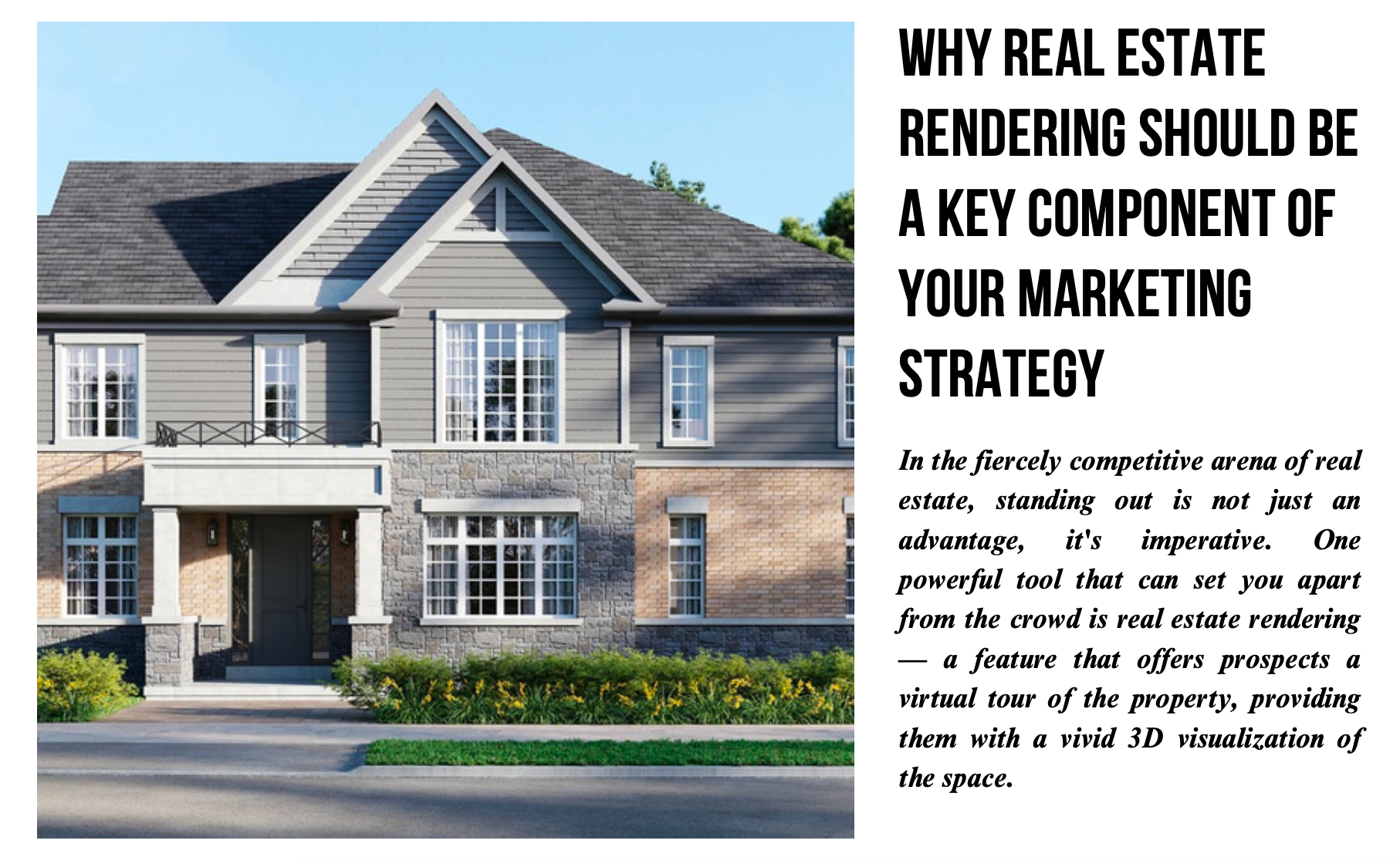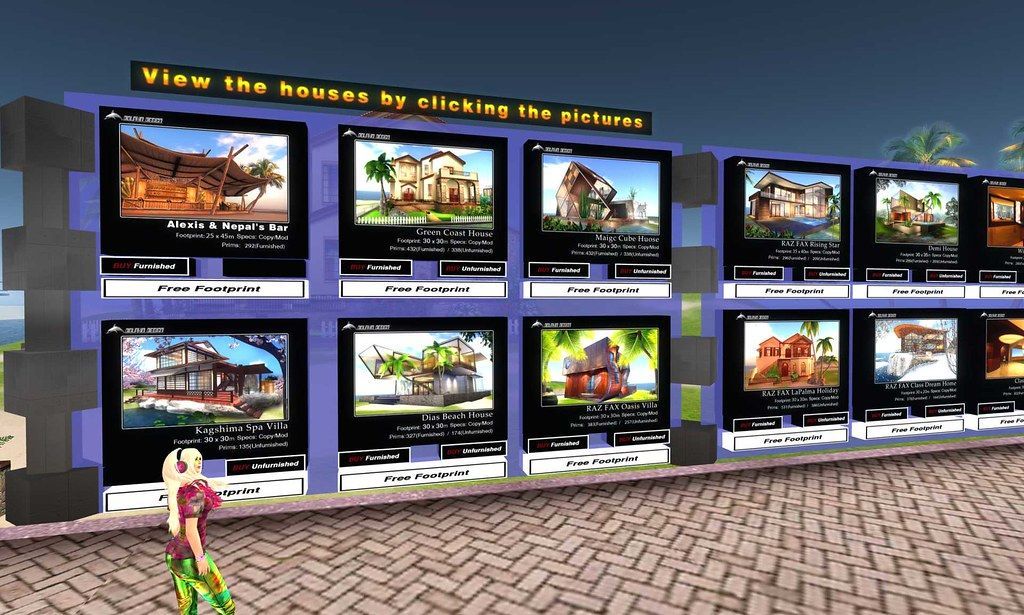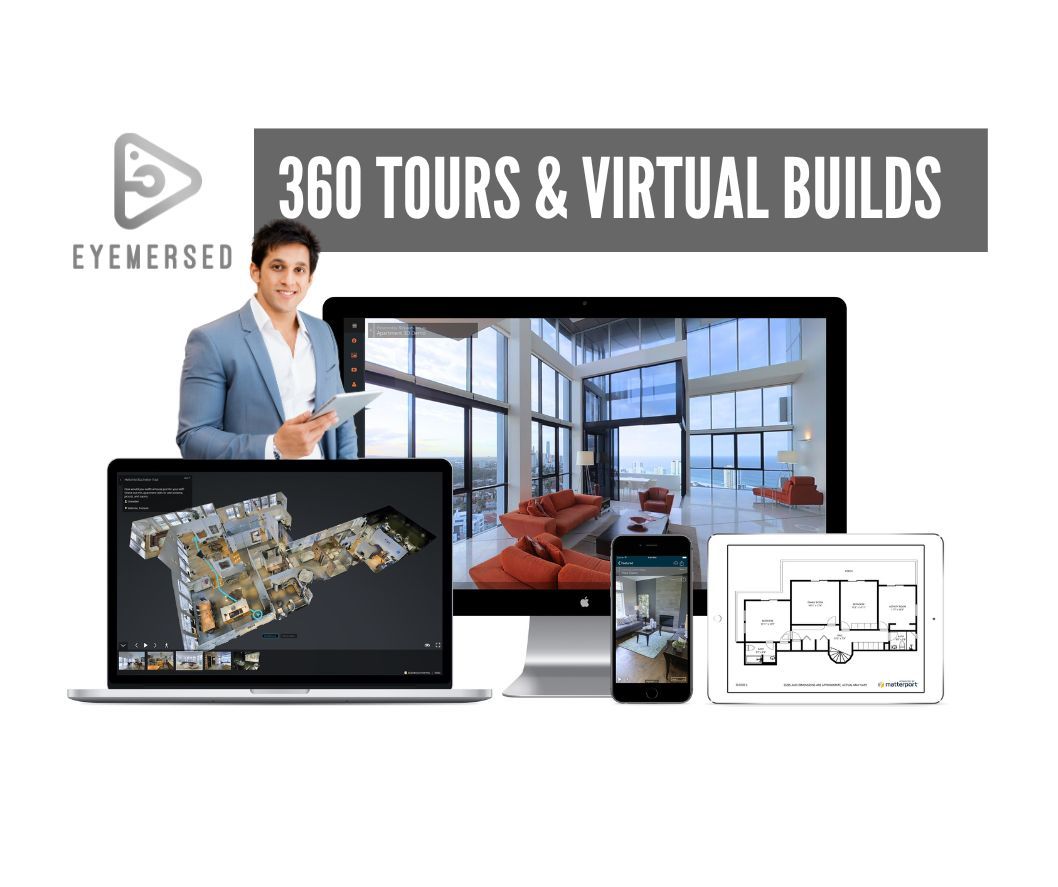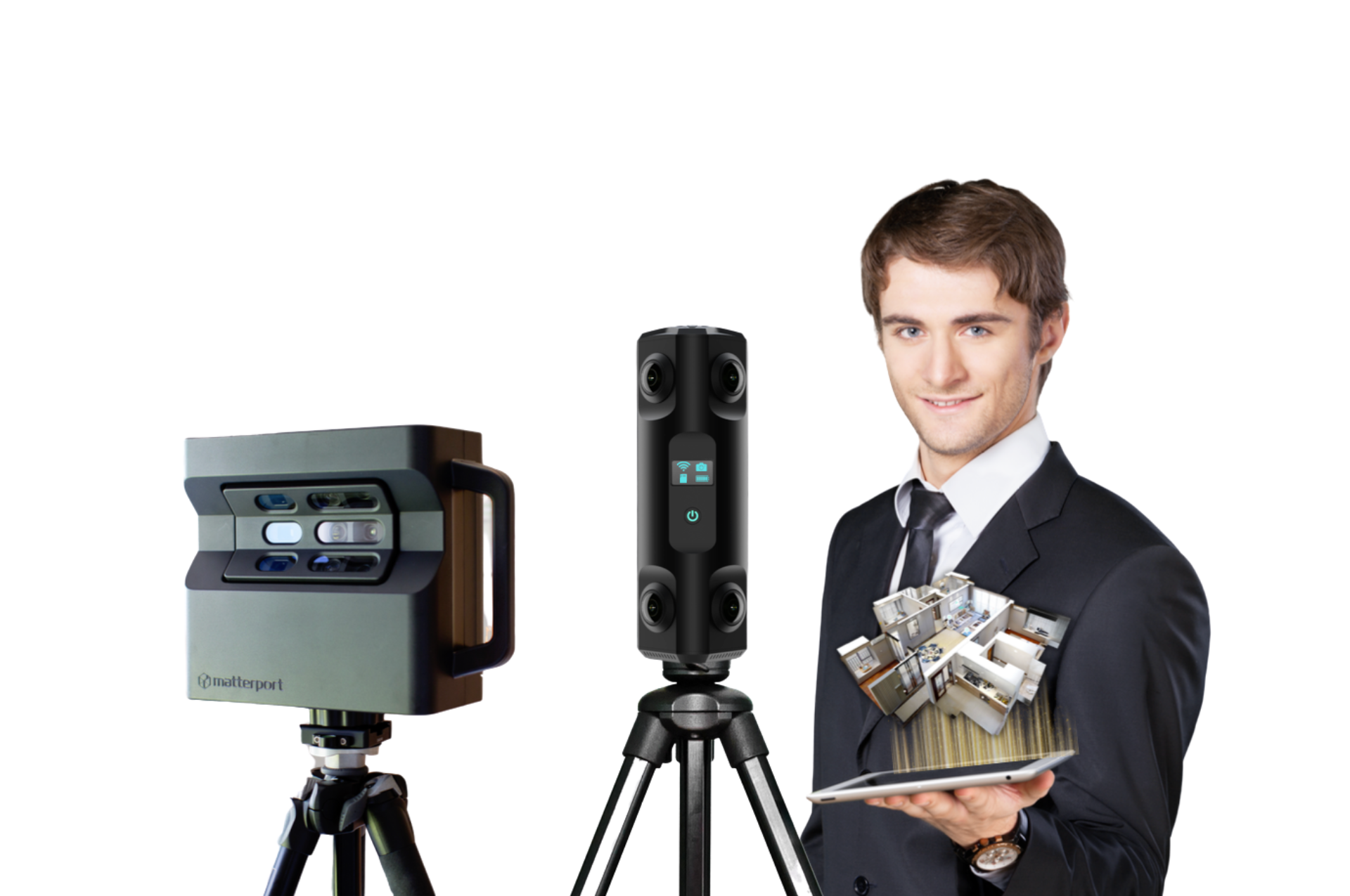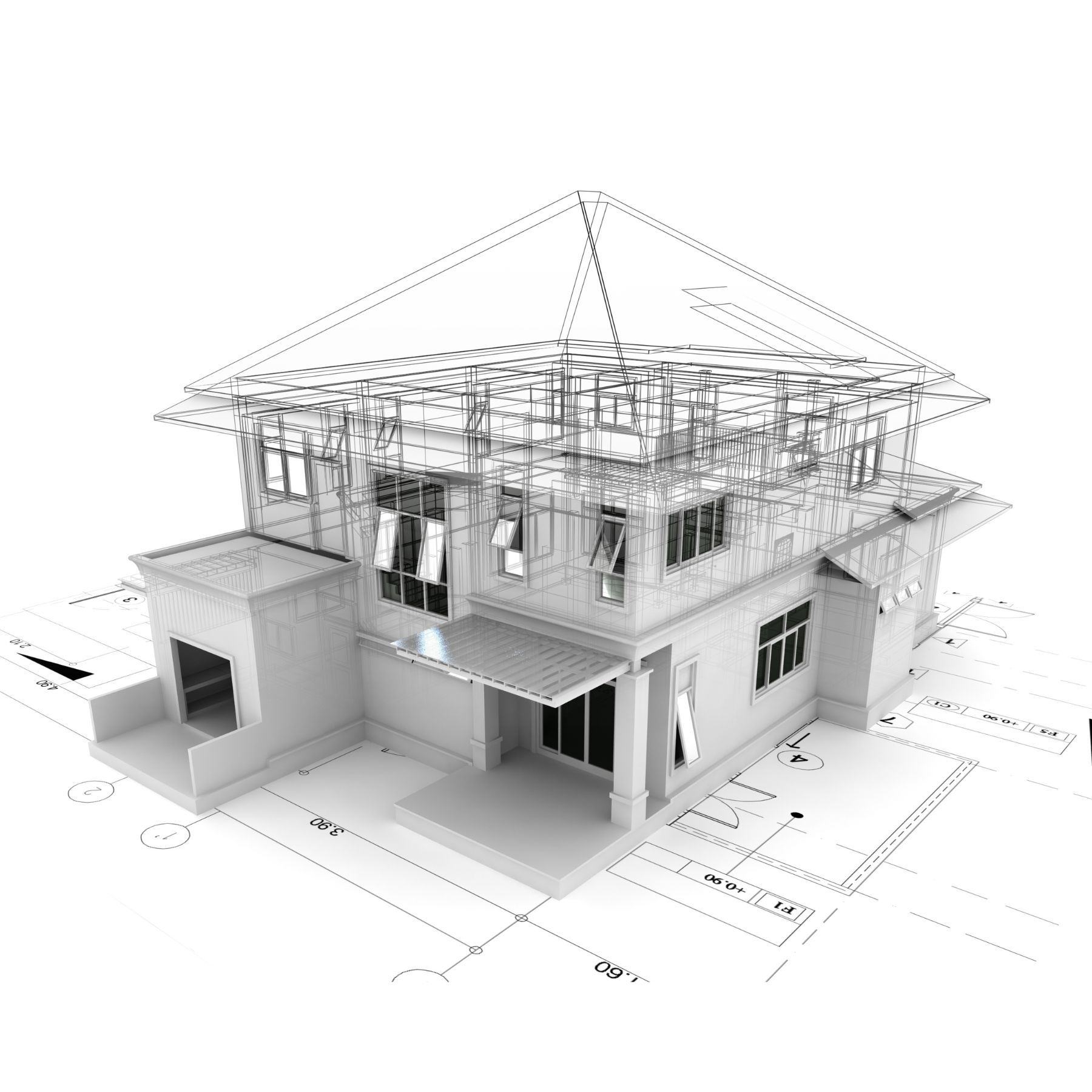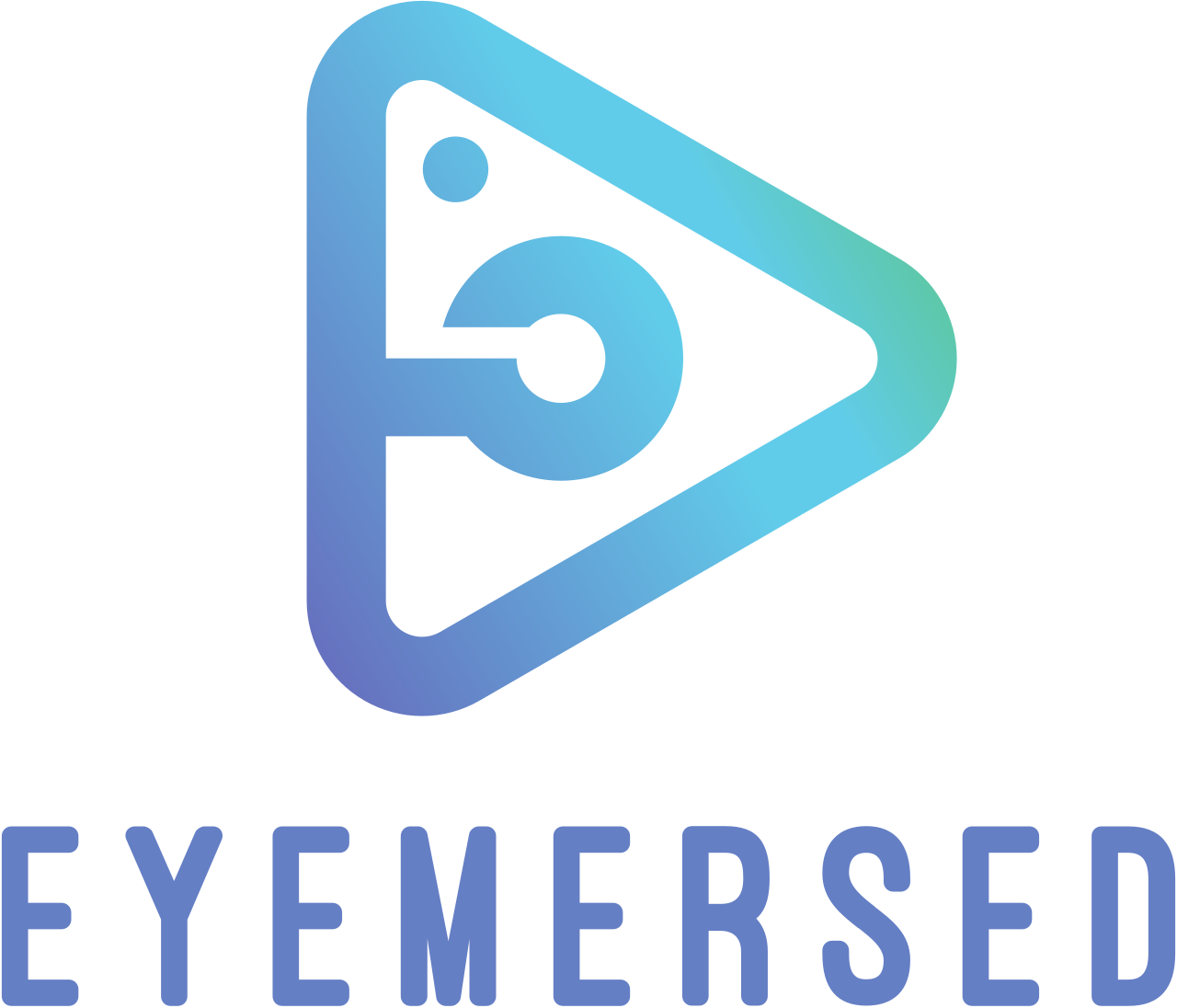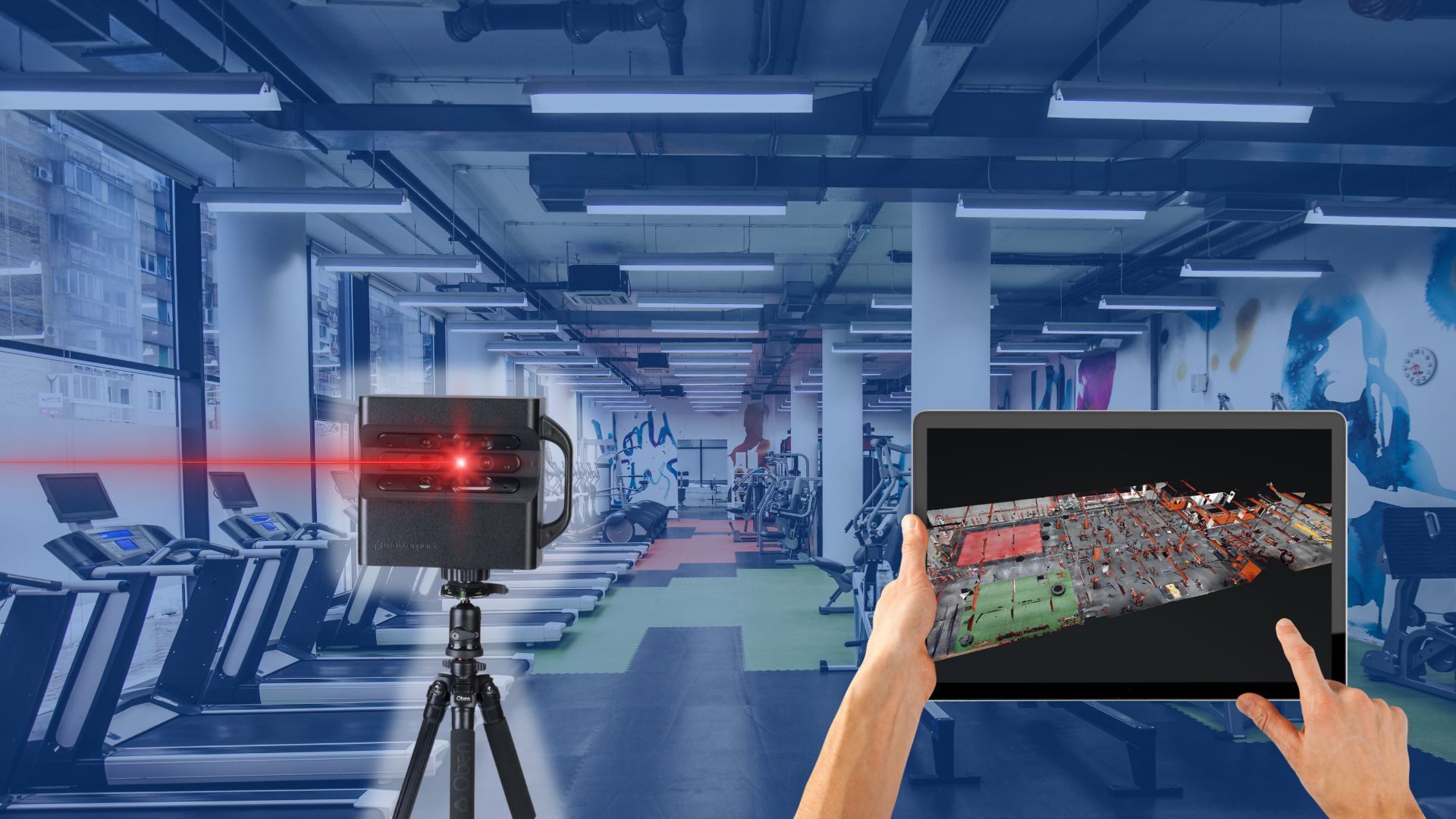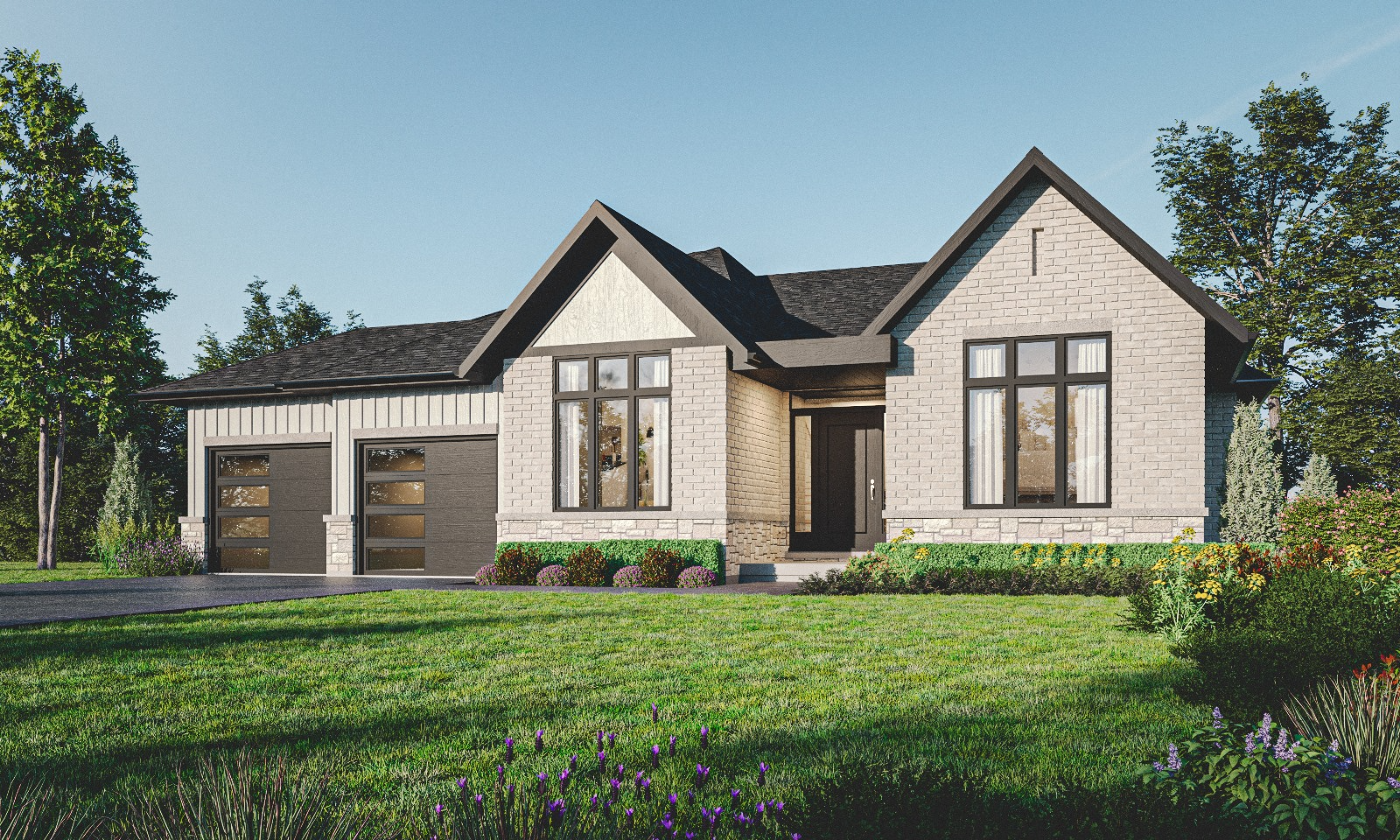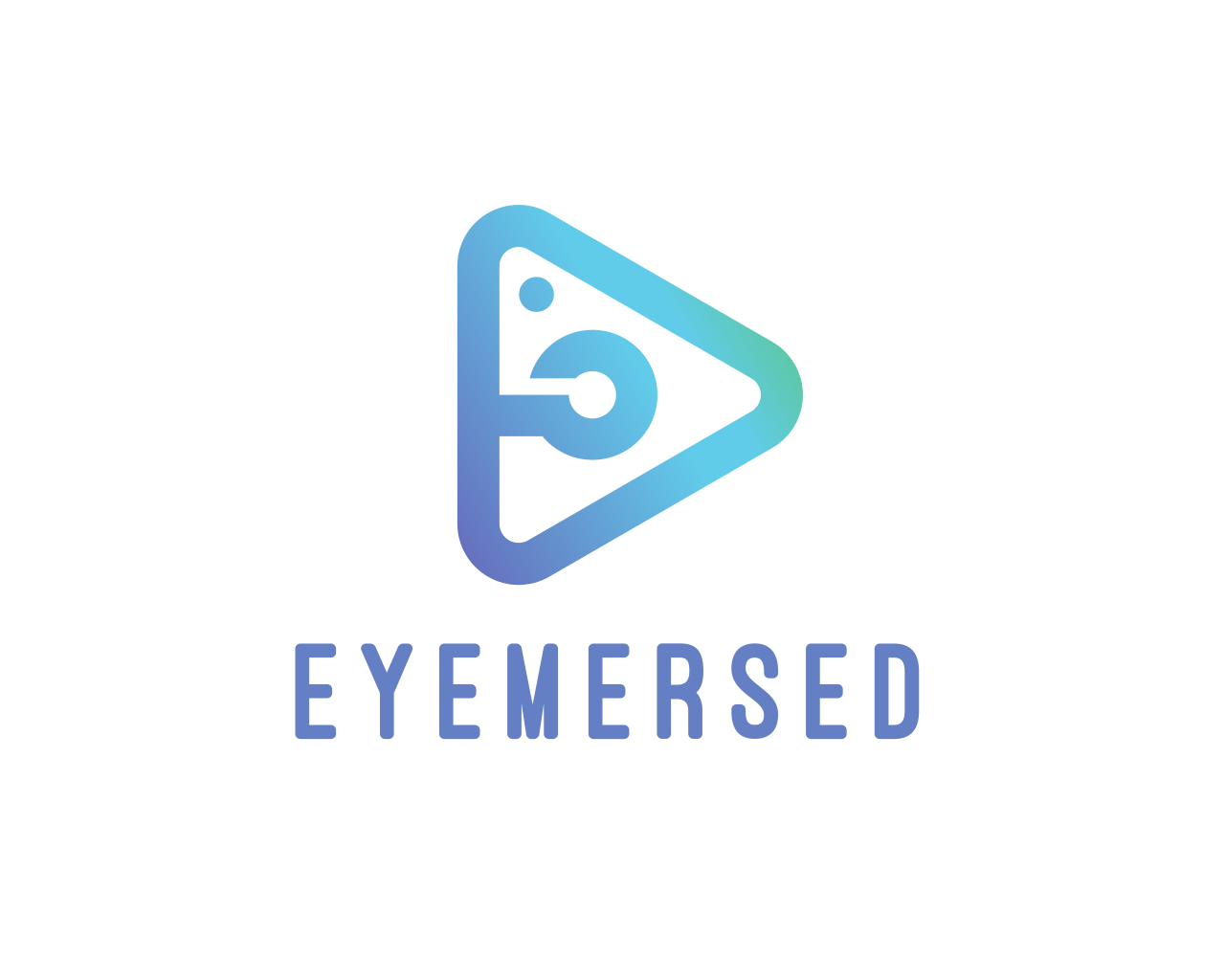...
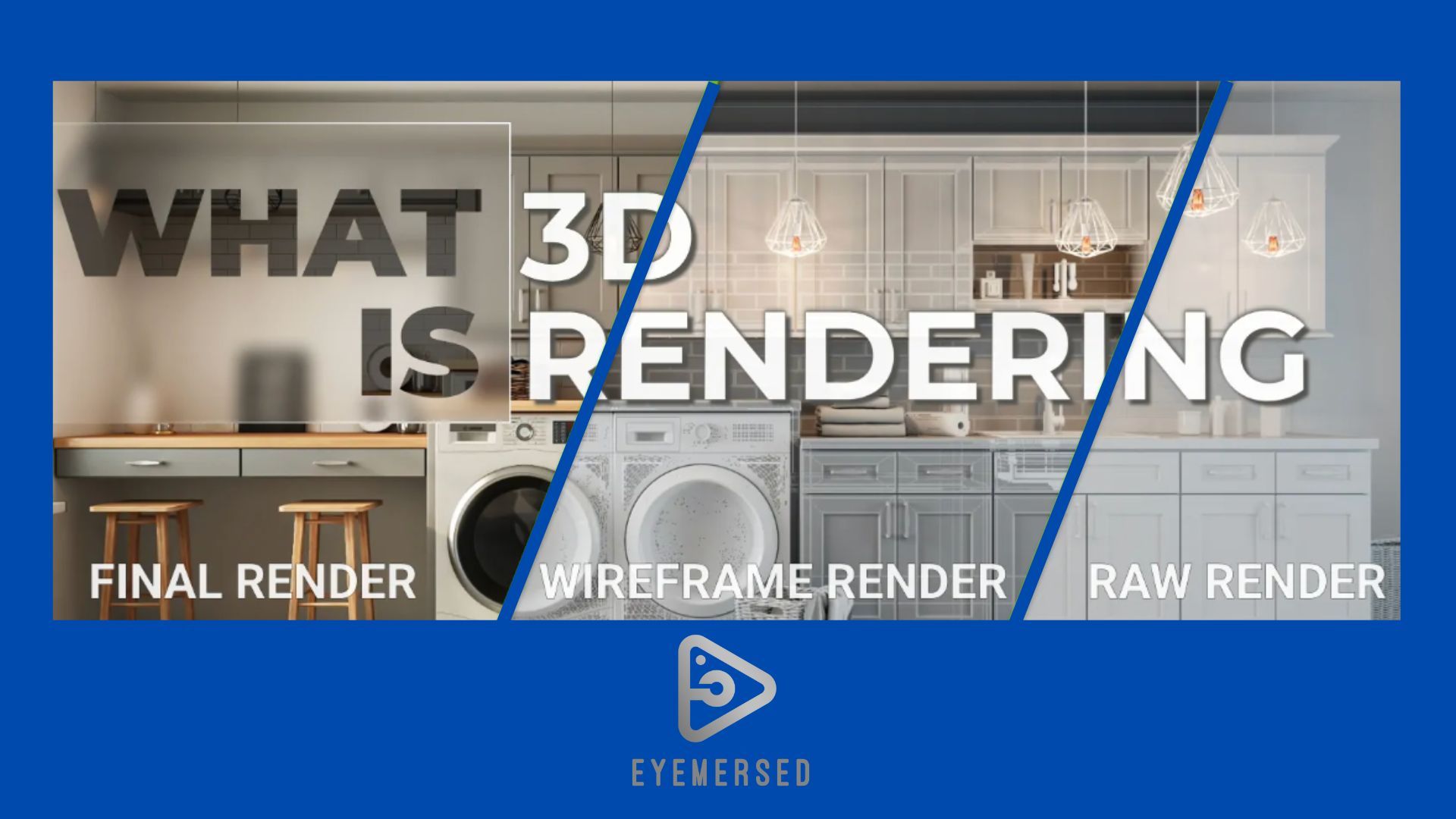
The Power of 3D Rendering: A Deep Dive into its Process and Applications
Have you ever marveled at the lifelike special effects in movies or been captivated by the stunning images of buildings and products in various media? The magic behind such visual wonders lies in the world of professional 3D rendering.
In today's landscape, numerous industries rely heavily on 3D rendering services. Architects, designers, marketers, manufacturers, advertisers, and more all incorporate 3D rendering into their workflows. Whether you've encountered it on social media, in magazines, or on billboards, 3D visualization has a significant impact. To shed light on this transformative technology, we've consulted experts and prepared a comprehensive guide to answer your questions about 3D rendering. Read on to discover what 3D rendering is, its creation process, and its pivotal role in contemporary society.

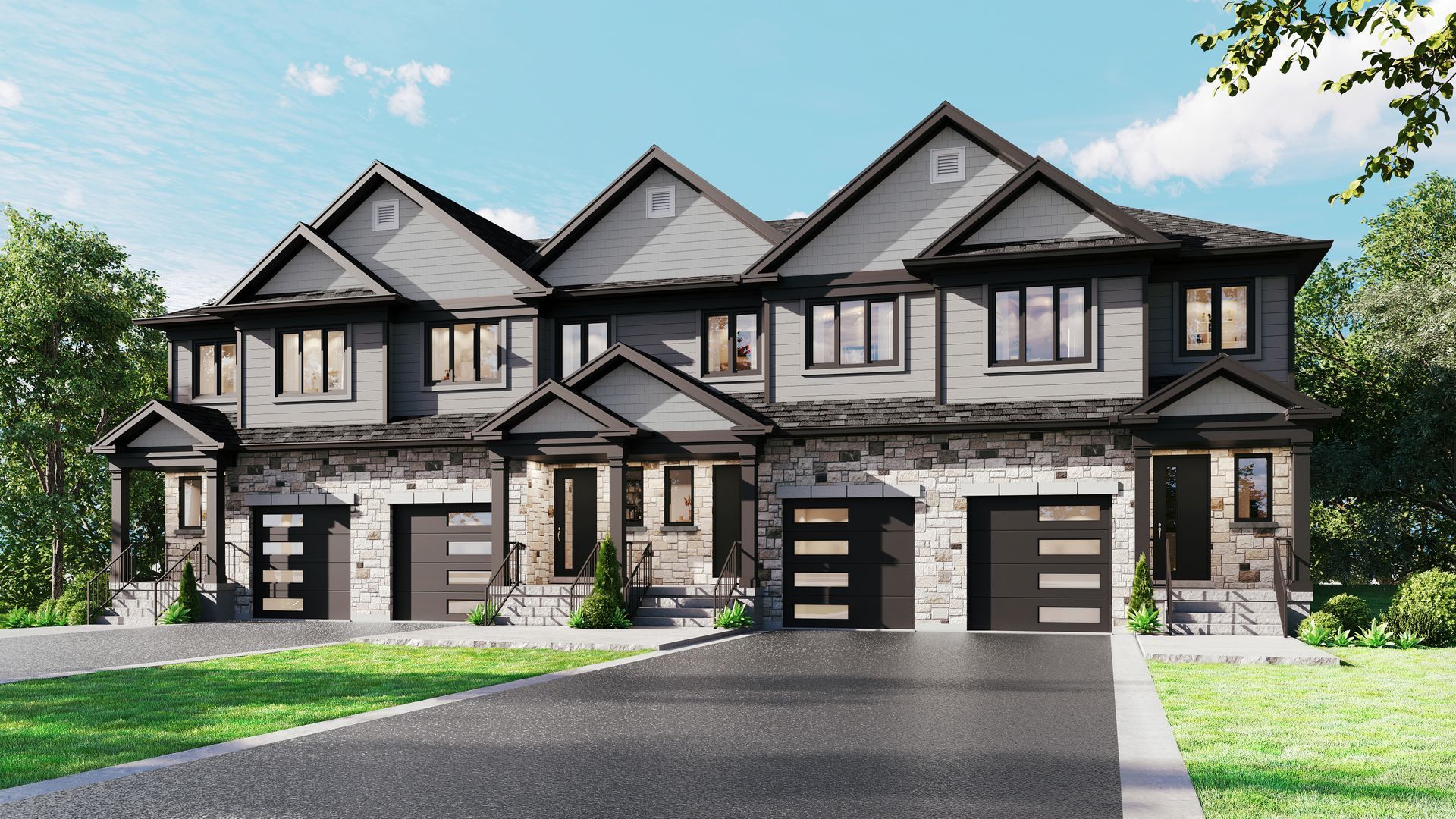
Understanding 3D Rendering
At its core, 3D rendering is the process of producing 2D images or sequences by analyzing 2D or 3D data, which includes models and scenes crafted by artists, modelers, or designers. This advanced software dissects intricate details like color, texture, and materials, converting them into compelling 2D images. Rendering represents the final stage of the 3D visualization process.
Imagine the process as capturing a model within a specific environment, under optimal lighting, and from carefully chosen angles. 3D rendering achieves realism through elements like atmospheric conditions, lighting effects, shadows, and textures. This realism extends to optical effects such as light refraction and motion blur, enhancing the authenticity of moving objects. While some renderings are hyper-realistic, others venture into the realm of abstract art. These dynamic 3D and 2D renderings can stand alone as static images or come together as animations during real-time rendering.
The versatility of 3D modeling and rendering knows no bounds. Popular applications include Architectural visualization, Interior 3D renderings, and 3D product rendering. Moreover, 3D model rendering serves as a vital tool for entrepreneurs, contributing directly to sales growth. Online stores leverage interactive 3D visualization, allowing shoppers to modify product attributes in real-time, providing an immediate glimpse of their potential purchase's customization.
The Role and Benefits of 3D Rendering
3D rendering's primary objective is to craft either realistic or non-photorealistic images that clients or manufacturers can utilize for their specific purposes. It holds a pivotal place in real estate marketing, architecture, advertising, interior design, and product development. By showcasing ideas visually, designers, architects, and developers can present their concepts effectively. Furthermore, 3D rendering streamlines the revision process, saving time, money, and avoiding misunderstandings.
Applications of 3D Rendering
From the film industry to video game development, 3D rendering has infiltrated numerous sectors, including:
Architecture: Architectural 3D rendering empowers architects and clients alike, providing a clear preview of projects, eliminating confusion, and aiding communication.
Real Estate: High-quality 3D renders enable real estate agents to display properties more effectively, giving potential buyers virtual tours and insights into future living spaces.
Interior Design: Designers harness 3D rendering to present multiple design options with various textures and color schemes, fostering client collaboration and understanding.
Advertising and Marketing: Captivating ads and visuals, creating a lasting impression on viewers, leverage the power of 3D rendering for compelling storytelling.
Product Development: Developers use 3D models to create virtual prototypes, enabling thorough examination of products and streamlining the design process.
Entertainment: 3D rendering is the backbone of realistic graphics in video games, cartoons, and movies, enriching visual experiences and storytelling.
Decoding the 3D Rendering Process
The intricate art of 3D rendering relies on rendering engines that perform intricate calculations based on predefined algorithms. These engines process the mathematical data of scenes and models, transforming them into complete images. This transformation involves refining models with realistic attributes such as lines, colors, shades, shadows, and reflections. The outcome is a visual representation of the artist's envisioned result.
Steps in 3D Rendering
- Understanding the Project
- Selecting Materials, Colors, Textures, etc.
- 3D Modeling
- Light Settings
- Materials and Textures Settings
- Rendering
- Post-production
- Refinement Stage
- Obtaining the Final Result
- Choosing the Right Software
Numerous 3D rendering software options are available, each tailored to different needs. Discover the most suitable choice from our curated list of Best 3D Rendering Software.
Why Opt for 3D Rendering?
The benefits of 3D rendering are manifold:
- Accurate and Realistic Design
- Multi-angle Views
- Varied Design Options
- Realistic Parameters
- Intricate Details
- Potent Marketing Tool
- Rapid Modification Capabilities
- Reduced Error Risk
- Early Project Visualization
- Attracting Clients Through Visual Excellence
- Explore 3D Rendering with Eyemersed
Intrigued by the potential of 3D rendering? Consider Eyemersed, a leading provider of this transformative service. We excel in delivering high-quality 3D rendering solutions, tailored to your needs. Whether you're seeking to elevate your product, entice new customers, or communicate your vision effectively, Eyemersed has the expertise to bring your ideas to life.
In Conclusion
The realm of 3D rendering is a captivating blend of artistry and technology, empowering diverse industries to communicate, market, and innovate. From architecture to entertainment, its applications are limitless. With Eyemersed by your side, the world of 3D rendering is within your reach. Embrace the power of visualization and captivate your audience like never before. Let's propel your projects to new heights together.
VIRTUAL BUILD AND RENDERS
